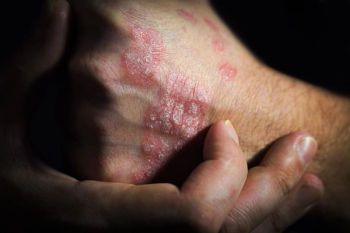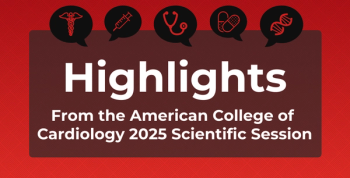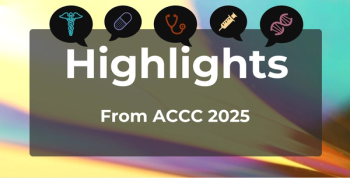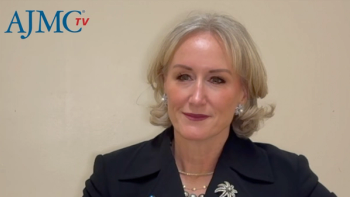
4 Strategies for Combatting the Third Wave of the Opioid Epidemic: Fentanyl
In recent years, fatal overdoses from fentanyl have drastically increased across the nation, with the number of deaths nearly doubling each year from 2013 through 2016.
In recent years, fatal overdoses from fentanyl have drastically increased across the nation, with the number of deaths nearly doubling each year from 2013 through 2016. The data point to the emergence of the third wave of the nation’s opioid epidemic—fentanyl.
A recent
- Three times as many men as women are dying from fentanyl, although death rates have increased exponentially among both genders.
- Death rates among teens and young adults (ages 15-34) are especially steep. Among 25- to 34-year-olds, the percentage of deaths involving fentanyl doubled each year from 2011 to 2016.
- Recent increases in fentanyl deaths among 35- to 44-year-olds are also of grave concern: Death rates for this age group rose more than 123% per year from 2013 to 2016.
- From 2011 to 2016, the number of fentanyl deaths was higher for whites than for other ethnic groups. However, overdose deaths rose faster year over year for blacks (140.6% per year) and Hispanics (118.3%) during this period.
Why are fentanyl death rates increasing so rapidly? Fentanyl is 50 to 100 times more potent than morphine, meaning it takes very little of the drug to cause a fatal overdose. Not only is it extremely addictive and dangerous, with the potential to
Further, our country’s laws and medical guidelines have made access to prescription opioids much more difficult—and that’s a good thing. Unfortunately, decreased access has prompted many people suffering from substance use disorder to turn to heroin. This, in turn, has increased exposure to fentanyl.
While the rapid rise in deaths due to fentanyl is another tragic outcome in the growing opioid epidemic, it’s a crisis that can be combatted with education, awareness, and the right precautions. The following are 4 key strategies that can make a material difference.
1. Recognize opioid addiction and encourage evidence-based treatment
A critical step in combatting the rise of fentanyl and opioid overdose starts with education. Educate members and their families, friends, and loved ones on the signs of opioid addiction—and support access to evidence-based treatment.
- Regularly taking an opioid in a way that was not intended
- Mood changes (from elation to hostility)
- Changes in sleep patterns
- Borrowing medication from other people or "losing" medications to gain additional prescriptions
- Poor decision making
When addiction is detected, one of the most effective ways to combat opioid addiction is through medication-assisted treatment (MAT), an evidence-based approach to help those with opioid use disorder (OUD) return to health. When combined with psychosocial interventions like psychotherapy and contingency management, MAT empowers those with OUD to recover from their addiction while allowing them to rebuild their lives.
2. Support access to naloxone
Naloxone can save lives by reversing the effects of an opioid overdose. It’s important to proactively speak with health providers and insurance companies to ensure access to naloxone for those battling opioid addiction.
The US Surgeon General recommends the following groups of people
- Those currently taking high doses of prescription opioids for pain
- People who are misusing prescription opioids
- Individuals taking illicit opioids, such as heroin or fentanyl
- Healthcare providers
- Family members whose loved ones suffer from OUD
- People who regularly come into contact with those at risk of an opioid overdose
Health plans can support access to naloxone through policies that make this medication readily available to those suffering from OUD and their support teams. They should also seek to educate providers on the benefits of access to naloxone for high-risk individuals.
3. Foster safe opioid usage, when necessary
When opioids must be used in treatment, work with providers to establish safe guidelines for use. For example, take steps to ensure the morphine milligram equivalent dose, duration of treatment, and type of opioid prescribed (eg, long- or short-acting opioids) follow the CDC and CMS best practices.
Additionally, pairing those taking opioids with chronic pain management coaches and offering these individuals 24/7 access to healthcare professionals, such as a hotline staffed by nurses or an outside service, will provide a critical resource for members who need help understanding their opioid prescription or feel as if they have a problem managing their response to their medication.
4. Community involvement
Stay up to date on community, medical, and legal resources directed at combatting addiction and limiting the availability of opioids. For example, the
It’s also important that health plans, providers, and community groups work together to identify specific populations at risk and develop targeted outreach and recovery support. Such initiatives can help members feel more empowered to successfully recover and transition back into society.
Breaking the Cycle
With new factors continuing to emerge every day in the growing opioid epidemic, now is the time to take proactive measures to better protect communities across the nation. Through education, support for evidence-based treatment and naloxone access, and partnership with families, providers, and community service agencies, we can help ensure those with OUD receive the right support at the right time, putting them back on a path of sobriety and health.
Newsletter
Stay ahead of policy, cost, and value—subscribe to AJMC for expert insights at the intersection of clinical care and health economics.












































